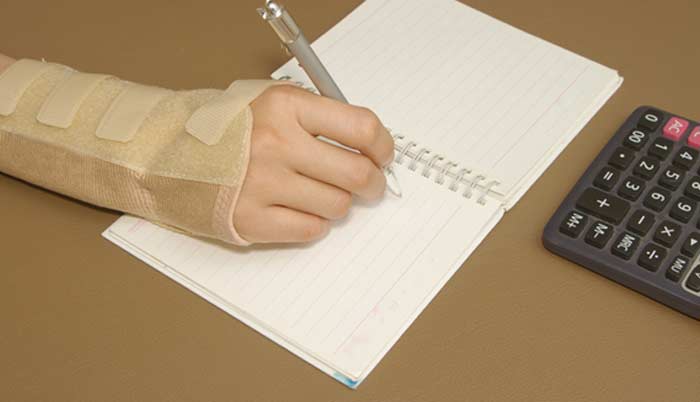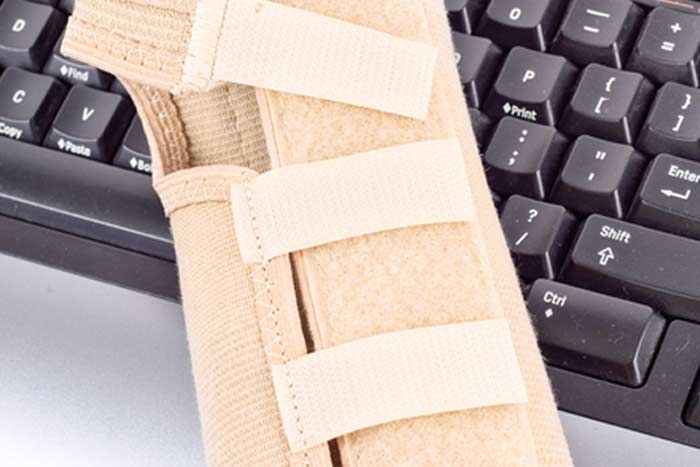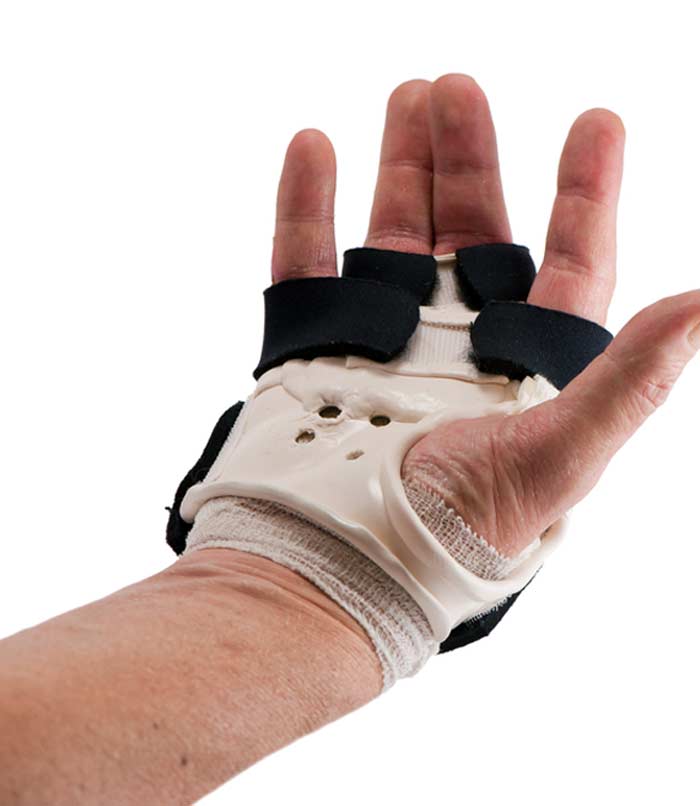

Hand surgery can repair a wide range of problems.
Hand surgery is a broad term that applies to any procedures performed to correct injuries, deformities, or tissue, bone, or joint damage affecting hands and/or fingers.
Surgery on one or both hands may also be necessary because of osteoarthritis and other rheumatic diseases, degenerative changes to structures within hands, serious infections not responding to other treatments, or issues related to birth defects.
Skin Grafts and Flaps
If fingertips are affected by an injury or amputated, skin may be taken from another part of the body to restore appearance in the affected part of the hand. Skin grafts may also be performed on other parts of the hand with missing skin. A similar type of hand surgery is called a skin flap. It’s different from a skin graft in that the skin used has blood vessels, fat, and muscles attached. Flaps are sometimes used on parts of the hand with missing skin or tissue damage where there’s not sufficient blood supply.


Closed Reduction and Fixation
Broken or fractured bones in the hand sometimes heal without surgery. But if the damage is extensive or the bones are misaligned, a common type of surgery performed is closed reduction and fixation. It’s a procedure that involves realigning the broken bone and securing it in place. Wires, casts, splints, or rods may also be used to immobilize the affected bone to allow it to heal property.
Hand Tendon and Nerve Repair
Surgery to repair tendons in the hand affected by infection, trauma, or tears can be performed as a primary, delayed primary, or secondary type of procedure. Primary repairs are typically what’s done to immediately correct the damaged or torn tendon in the affected hand. The other types of repair surgery are usually done a few days or weeks after an injury occurs.
When nerves in the hand are damaged, they may heal without surgical intervention. If the loss of sensation or function continues, surgery may be recommended. In some instances, a nerve graft is necessary. Other times, complex surgery is done to reattach severed hand nerves.
Surgery for Hand Infections
Oftentimes, hand infections respond well to the use of antibiotics, rest, elevation, and similar treatments. Surgical drainage or debridement may be needed if an infection has resulted in a sore or abscess, or if the wound is extensive or severe. The purpose of procedures like this is to drain the infected site and remove contaminated or damaged tissue.
Fasciotomy
Pressure sometimes builds up within enclosed muscle space in certain parts of the hand, often following an injury. What’s referred to as compartment syndrome sometimes results in pressure that impedes blood flow. With a fasciotomy, an incision is made into hand or arm to relieve pressure and restore normal blood flow. Damaged tissue within the affected area may also be removed.
Joint Replacement and Replantation
Joints in the hand or wrist that have been damaged by arthritis are sometimes replaced with artificial joints, a type of surgery known as arthroplasty. If one or more fingers is completely cut or detached, replantation surgery is performed to reattach it and restore function. It’s often performed under magnification with microsurgical techniques.
Results from any of the various types of hand surgery discussed here will vary based on what specific procedure is performed and a patient’s overall health. Underlying conditions such as high blood pressure and diabetes may also affect surgical outcomes. With some procedures, follow-up therapy that may include hand or finger exercises is needed to fully restore range of motion and dexterity.
